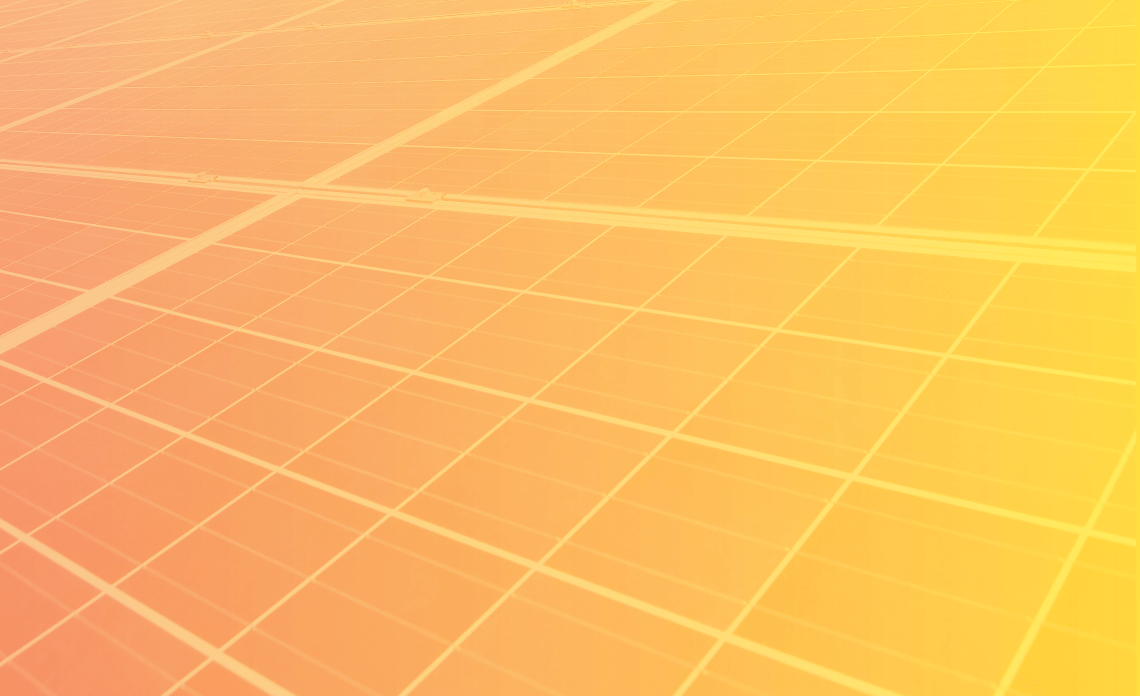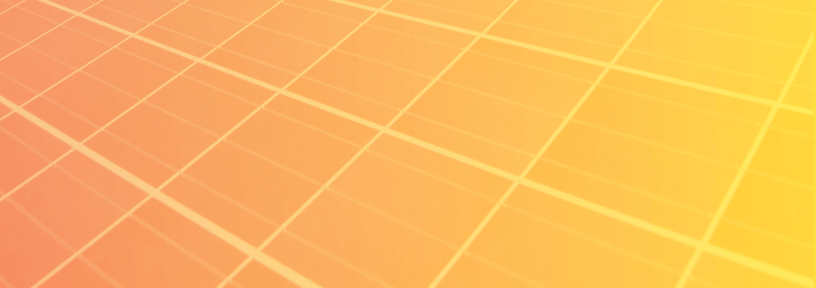Reverse-cycle air conditioners, sometimes known as split systems, or split system air conditioners, are one of the most common air-conditioner types in Australia. They use heat pump technology to extract heat from the outside air and transfer it to an indoor unit with a heat exchanger and fan to blow the heated air into the room.
As these units don’t produce warm or cool air operating themselves, they are the most efficient form of electric heating. Each unit of electricity can generate up to 6 units of heat (in comparison to other electric heaters which can never produce more than one unit of heat per unit of electricity.)
In air conditioner mode, the unit runs in the reverse – extracting warm air from the indoors and exchanging it with cooler air from outside, to cool the room.
Even if you already have a reverse-cycle air conditioner, you may be better off with an upgrade to a more current model as advancements in technology improve energy efficiency. This means that a newer more efficient appliance can heat more space for less output – which has an impact on the running cost as well as reduced emissions. A system that is more than 15 years old for example will typically use more than three times the amount of energy than a modern reverse-cycle air conditioner.
System size
Reverse-cycle air conditioners come in a range of heating and cooling capacities, or power outputs, which is often referred to as the ‘size’ of the system.
To maximise energy efficiency, it’s important that a unit is the right size for the room or area that it will be heating and cooling.
Suppliers will assess the room where the system will be installed and recommend the right system size, which will help ensure the system will run efficiently and not using too much energy. There is more information in this guide about how they will calculate the right size. When you are shopping around, this size is listed as a feature, and will be listed as a number in kilowatts, for example 3.5 kW.
Other features
Reverse-cycle air conditioners are not portable, and cost more than a portable space heater, though they serve a dual purpose of heating and cooling in the one appliance. They can heat or cool a room quickly. To function at their best for as long as possible, they should be regularly cleaned and serviced according to the manufacturers’ manual.
Reverse-cycle air conditioners can be powered by solar energy during the day if the home has solar PV panels.
Updated

